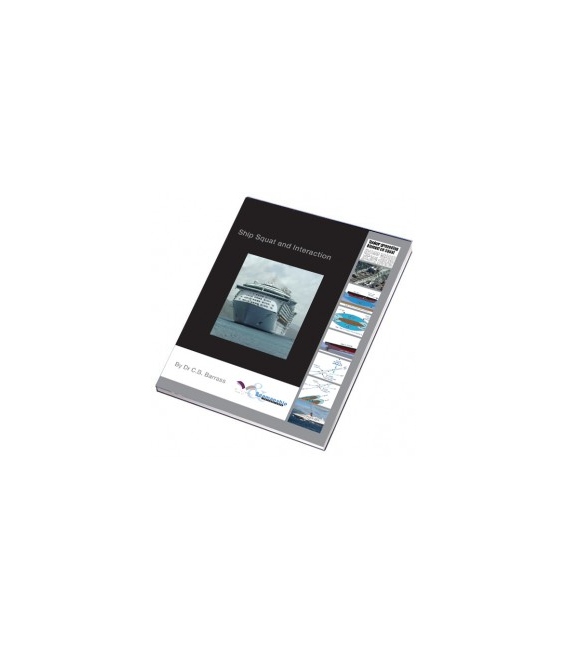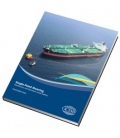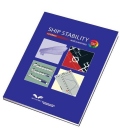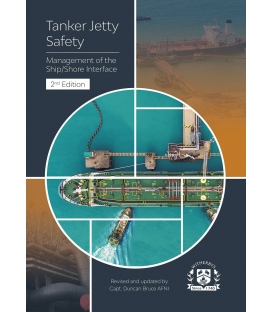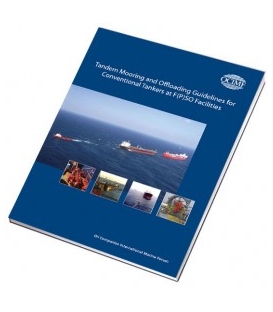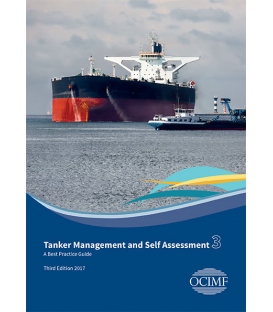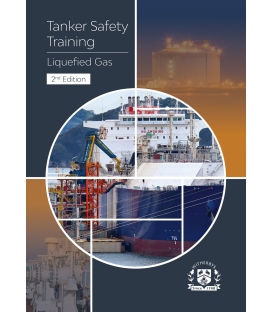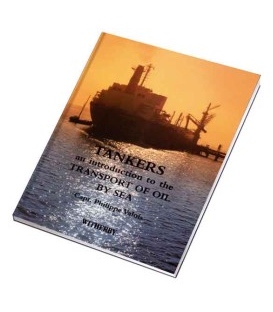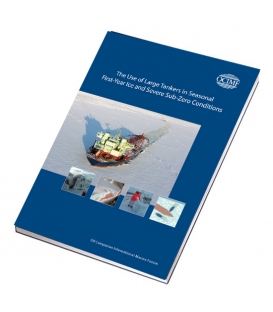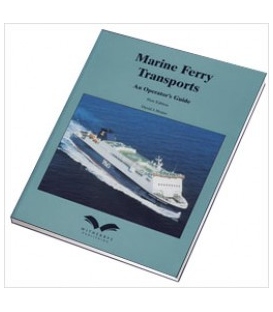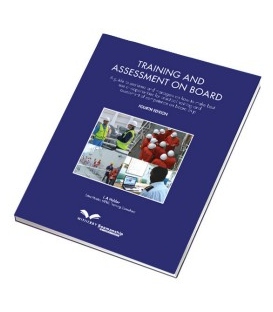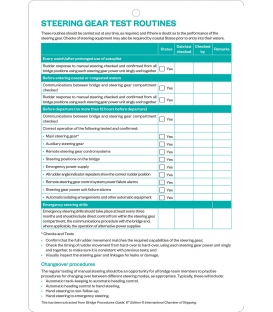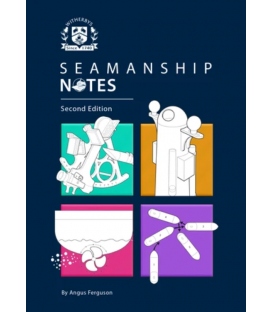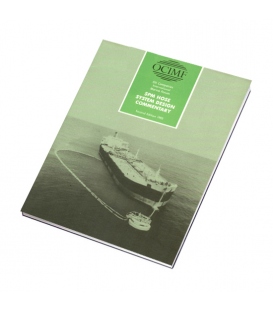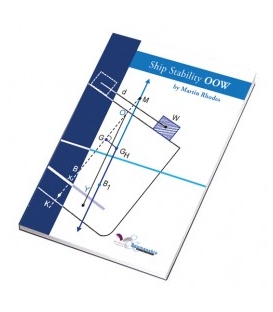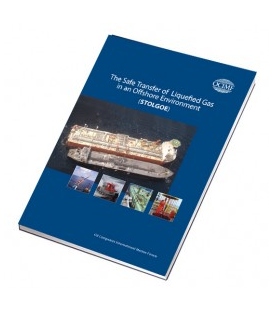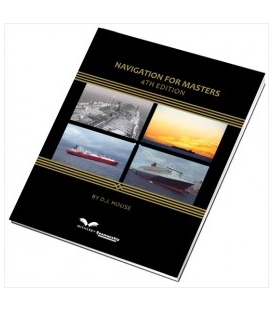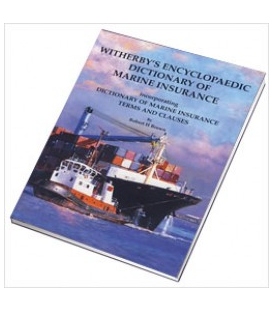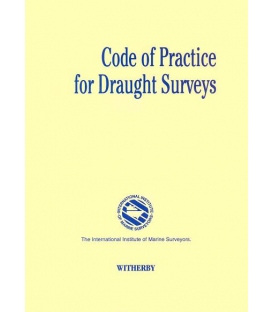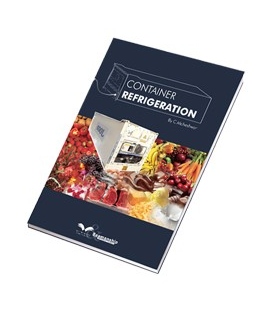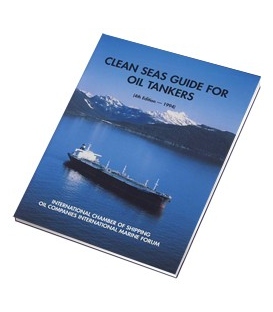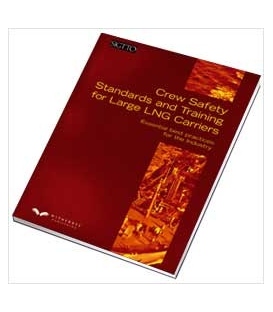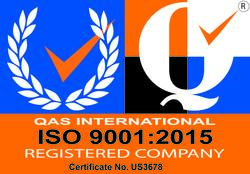

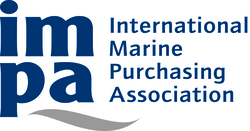
Sign up for our Newsletter
Ship Squat and Interaction, 1st Ed. 2009
Number of Volumes: 1
Edition: First
Number of Pages: 182
Product Code: WS1062K
ISBN 13: 978-1-905331-60-4 (9781905331604)
ISBN 10: 1-905331-60-6 (1905331606)
Published Date: September 2009
Binding Format: Paperback
Book Height: 240 mm
Book Width: 190 mm
Book Spine: 10 mm
Ship Squat and Interaction by Dr C.B. Barrass
Originally considered as two books, this has been published as a single consolidated volume, Part one covering Ship Squat and part two Interaction. he phenomena of both Ship Squat and interaction are a major concern for the handling of ships, particularly when ships are operating in shallow waters. Ship Squat can be defined as ‘the decrease in underkeel clearance as a ship moves forward after being static’, this book aims to give a more thorough understanding of these conditions, based on the authors work in this particular area since completing his PhD on the subject in the early 1970s.
Dr Bryan Barrass shares his knowledge of Squat and the various types of interaction, such as ship-to-ship and bank effect through numerous worked examples, case studies and his own personal computations and time proven formula. After decades advising operators, pilots and port authorities on this subject matter, professionals in these positions or Shipowners & Operators, Mates, Masters, Tug Operators, Educational Establishments, Ship-model Tank staff, Ship Simulator staff and Maritime Examiners will find this book to be of great use.
A great commentator on theses subjects over the years in the maritime press, this book brings together the work of Dr Barrass in a single publication and is a comprehensive work on this interesting subject that is often not well understood in the marine industry.
Chapter 1 Introduction
The Concept
What Exactly is Ship Squat?
Who should know about Ship Squat and Interaction?
Ship Squats Measurements – Whereabouts in the world?
Ship – model Squat Measurements – Whereabouts in the world?
Why has Ship Squat Become so Important in the Last Forty Years?
End Note
Chapter 2 Recent Incidents and Tell Tale Signs
2.1 Recent Ship Groundings and Sinkings
2.2 Static Underkeel Clearances
2.3 Dynamical Underkeel Clearances (y/2)
2.4 United Kingdom Merchant Shipping Notices
2.5 Fifteen Signs that a Ship has Entered Shallow Water Conditions
Chapter 3 Depth and Width of Influence of a Ships Path
3.1 Width of Influence
3.2 Depth of Influence
Chapter 4 Effect of Speed
4.1 Ship’s Speed V/K in a River having a Tidal Flow or Current
Chapter 5 Measurement of Ship’s Squat
5.1 The Measurement of Ship Squat on Full – size Ships
5.2 Case Study 1 – Measurement of Squat at the Entrance to a dock
5.3 Conclusions
End Note
Chapter 6 Increase and Decrease of the Squat Value
6.1 What are the Factors Governing Ship Squat?
6.2 Silt Saucers and Dredging
6.3 Angles of Heel
6.4 Squat Formulae
6.5 Three Worked Examples
Chapter 7 Squat Curves
7.1 Squat Curves
7.2 Squats Predicted for a Very Narrow River up to a Very Wide River
7.3 Asymptotic Squats
Chapter 8 Squat when Trimmed and Steps to Reduce Squat
8.1 Ship Squat for Ships with Static Trim
8.2 Squats at Both Ends of a Vessel in Open Water
8.3 Worked Example
8.4 Procedures for Reducing Ship Squat
8.5 False Draughts
8.6 Ship Squat Laminates
Chapter 9 Mean Bodily Sinkage
9.1 Mean Bodily Sinkage in Open Water Conditions
Chapter 10 Using Squat to Assist In the Reduction of Air Draught
10.1 Introduction
10.2 General Particulars of ‘Freedom of the Seas’
10.3 Definition
10.4 Nomenclature
10.5 Prerequisite Information
10.6 Procedure
10.7 Formulae
10.8 Points to Consider Regarding Static Trim
10.9 Worked Example
10.10 Summary and Conclusions
Chapter 11 Using Spreadsheets to Determine Squat
11.1 The All – Encompassing Method
11.2 Case Study 2 – Cross Channel Ferry Squats in the Port of Newhaven
11.3 Case Study 3 – Squats in a Navigable Trench (Melbourne)
Chapter 12 Incidents in Shallow Water
A Brief Introduction
Case Study 4
Squat Case Study 5
Squat Case Study 6
Chapter 13 Calculated v Measured, How Accurate?
Chapter 14 Final Summary and Conclusions
14.1 Nomenclature
14.2 Ship Squat Formulae
14.3 Merchant Ship Types – General Characteristics
14.4 Ships of this Millennium
14.5 Questions and Exercises on Ship Squat
14.6 Fifteen Worked Examples

